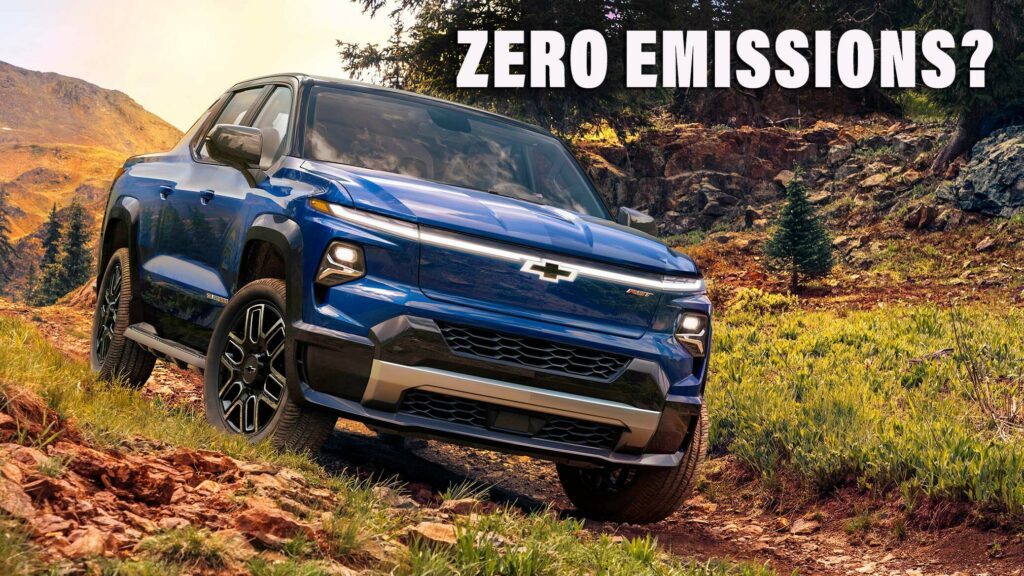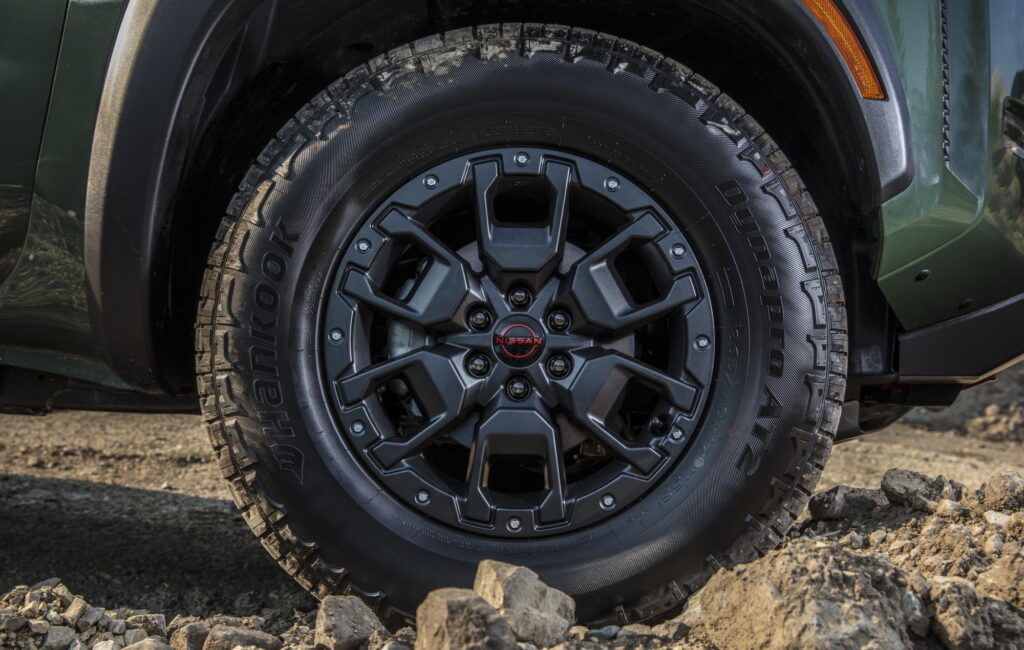Heavy electric vehicles produce even more toxic tire particles than combustion cars
3 hours ago
 –>
–> 
–>
Electric cars good, gas cars bad. That seems to be the prevailing message these days, one being told to us by both the auto industry and by governments around the world. Most people now accept that climate change is real and that cutting global CO2 production is one of the ways we can attempt to fight it and give our descendants a chance at a vaguely normal life.
So the switch from cars powered by fossil fuels to ones powered by electricity makes sense – providing that the electricity they need is generated cleanly, which isn’t always the case. Germany reactivated some its coal-fired power stations last year to compensate for the loss of Russian pipeline gas and many countries around the world are still massively dependent on fossil fuel for power generation.
But it’s another kind of emissions that’s the focus of a recent article by David Zipper in The Atlantic. He reminds us that while EVs produce no tailpipe emissions they do generate other toxic substances into the environment, just like ICE cars, only they spew even bigger quantities.
advertisement scroll to continue
We’re talking tire emissions, and by that we don’t mean the plumes of smoke produced by LS-powered sedans at a street takeover. The emissions we’re referring to here are far less visible, but highly toxic and they’re produced simply by the act of a tire rolling along a pavement at regular driving speeds.
Related: Goodyear Has Made A Sustainable Tire From Soybean Oil, Pine And Rice

These particles float through the air and get into our lungs and our waterways, causing health problems to humans and wildlife. A University of Washington study in 2020 tracked a collapse in Northwestern-coho-salmon populations back to a chemical called 6PPD, which is added to tires to reduce wear rates, and particles have also been linked to respiratory problems, kidney and neurological damage and birth defects in people.
Unless you’re sneakily reading this in your Amish buggy on a contraband iPhone, your vehicle is guilty of generating this kind of pollution regardless of whether it’s an EV or combustion-powered. But The Atlantic reminds us that EVs are even bigger culprits thanks to their bigger curb weights and resulting greater tire wear.
Sure, you could argue that the trend towards ever-larger SUVs and away from cars is also to blame for increased pollution levels, and it’s true that a combustion SUV can weigh more than an electric car. But comparing like with like – electric and ICE cars, electric and ICE SUVs – the ’leccy ones are always heavier.
Maybe they won’t always be. Battery technology is evolving rapidly and future EVs are likely to have more energy-efficient power cells that take up less space and contribute less mass than those fitted to EVs today. Manufacturers are doing their best with the materials and technology they currently have at their disposal – and that includes the tires. Perhaps EVs aren’t the villain after all, because the one element of our cars that appears to have changed the least over the past five decades is the four rubber circles they roll on.

 <!–
<!– –>
–> 

